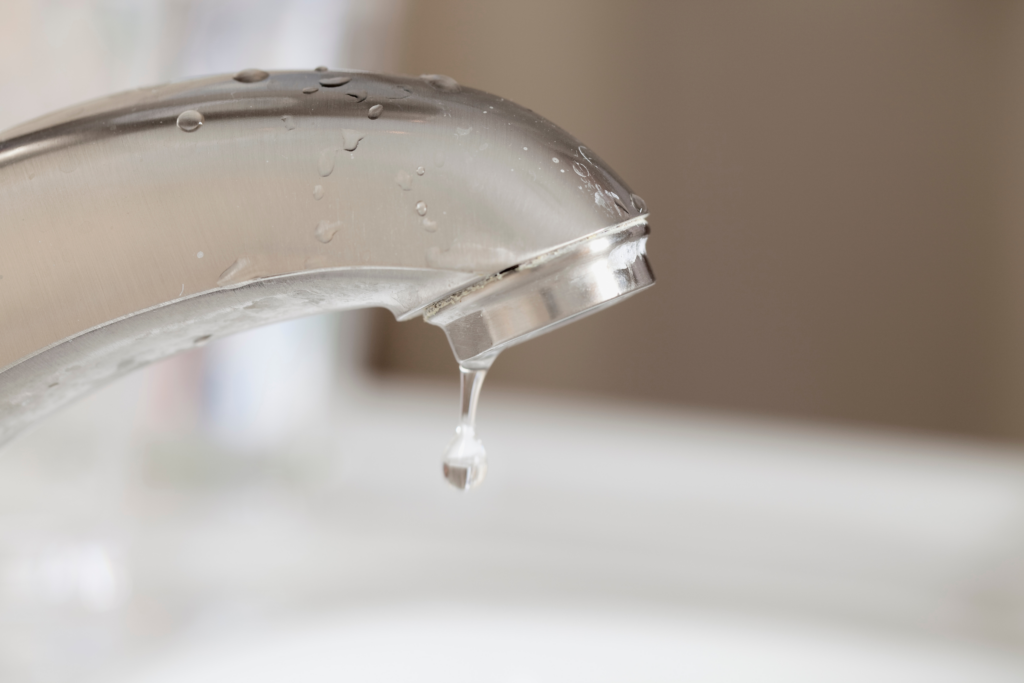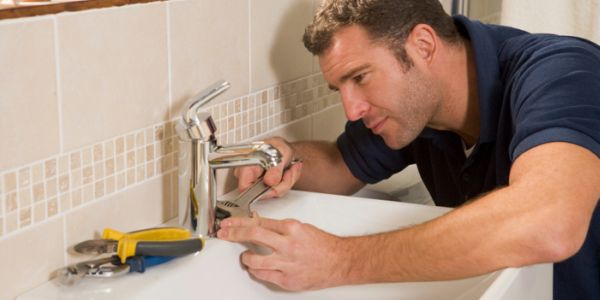Detailed Guide to Resolving a Leaky Tap: Skilled Tips
Detailed Guide to Resolving a Leaky Tap: Skilled Tips
Blog Article
We have encountered the article about How to fix a leaky tap and save water below on the web and accepted it made sense to relate it with you over here.

Intro
A dripping faucet is not just aggravating but can also waste a significant amount of water and lead to increased energy costs. In this detailed guide, we'll walk you with the procedure of dealing with a dripping faucet, enabling you to save water and money while maintaining your plumbing system.
Inspecting for Damages
As soon as you have actually subjected the valve assembly, inspect it for any kind of indicators of damage or wear. Common offenders of a leaky faucet consist of worn-out washers, O-rings, or seals.
Changing Faulty Parts
If you recognize any type of broken or damaged components, thoroughly eliminate them using a wrench or pliers and replace them with brand-new ones. Make sure to use the appropriate dimension and kind of replacement components for your faucet.
Rebuilding the Faucet
After changing the defective elements, very carefully reassemble the faucet in the reverse order of disassembly. Make certain that all components are effectively aligned and tightened up to avoid future leaks.
Collecting Devices and Products
Prior to you begin, collect the required devices and products for the repair service. You'll usually require an adjustable wrench, screwdrivers, substitute washers or seals, plumber's tape, and a rag or towel to tidy up any spills.
Shutting Down Supply Of Water
Locate the shut-off shutoff for the influenced tap and transform it clockwise to shut off the water. If you're incapable to locate the shut-off shutoff, you might need to turn off the primary water supply to your home.
Taking apart the Faucet
Use a screwdriver to get rid of the handle of the tap, subjecting the internal elements. Relying on the type of tap, you might require to unscrew a cap or collar to access the valve assembly.
Making Certain Proper Performance
After validating that the tap is leak-free, test its capability by transforming it on and off several times. Make sure that the faucet runs efficiently and without any unusual noises or resistance.
Tidying up
Ultimately, tidy up any debris or spills from the repair service process and take care of any old or damaged elements appropriately. Leaving the workplace spick-and-span ensures an expert surface to your repair service.
Checking for Leakages
As soon as the faucet is reassembled, turn the water supply back on and evaluate the tap for leaks. If you discover any kind of leaks, double-check the connections and tighten them as needed.
Conclusion
Fixing a leaky tap is a relatively easy DIY job that can conserve you cash on water costs and protect against further damages to your plumbing system. By following this detailed guide, you can tackle the repair work with self-confidence and appreciate the advantages of a leak-free tap.
Fixing a Leaking Tap: Causes, Solutions, and Water Conservation
Causes and Signs
Worn-Out Washers: The tap washer, rubber or metal, creates a seal within the tap assembly. Over time, the old washer can deteriorate, leading to water seepage and a dripping tap. High Water Pressure: Excessive water pressure can strain tap components, causing leaks. The forceful water flow exerts pressure on the washers and other sealing mechanisms, resulting in a dripping tap. Faulty O-Rings: O-rings, usually made of rubber, provide a watertight seal between moving parts of the tap. If the O-rings become worn or loose, they can cause water to leak, resulting in a dripping tap and potential water damage to your property. Signs of a Dripping Tap
Audible Dripping Sounds: If you hear the sound of water droplets hitting the sink or basin, it’s a clear indication of a dripping tap. Puddles or Stains: Notice any puddles of water or stains around the tap area or on the sink surface. These signs suggest a dripping tap that requires attention. Reduced Water Flow: A dripping tap can affect the overall water flow, resulting in reduced pressure when using the tap. Gather the Necessary Tools
Adjustable spanner Screwdriver – flathead or Philips’s head New washers Towels or rags Turn Off the Water Supply
Find the isolation valve beneath the sink or by the tap and turn it clockwise to shut off the water supply.
Disassemble the Tap
Use a screwdriver to carefully remove the tap handle, exposing the internal components. Take note of the order and arrangement of the parts as you disassemble the tap. This will aid in reassembling it correctly later on. (We recommend taking photos on your phone for a no-fuss solution).
Inspect and Replace the Washer
Inspect the washer located at the bottom of the tap assembly. If it appears worn out or damaged, replace it with a new washer of the correct size and type. This simple replacement can often resolve the dripping tap issue.
Tips for Responsible Water Usage
Regular Inspection and Maintenance: Conduct periodic inspections of all taps in your home to identify potential leaks or drips. Timely repairs prevent water wastage and maintain the efficiency of your plumbing system. Install Water-Efficient Taps: Consider replacing old taps with water-efficient models that are designed to minimise water consumption. Look for taps equipped with aerators and flow restrictors to regulate water flow without compromising functionality. Conscious Water Usage: Develop mindful habits such as turning off the tap while brushing your teeth or soaping your hands. Additionally, use full loads when running dishwashers and washing machines to maximise water efficiency. Monitor Your Water Bill: Keep track of your water consumption by regularly monitoring your water bill. Any sudden increases may indicate a leaking tap or other issues that require attention. When to Seek Professional Help
Persistent Leaks: If your attempts to fix the dripping tap are unsuccessful or the problem keeps recurring, it may indicate an underlying issue that requires professional attention. Complex Repairs: In cases where the tap assembly is intricate, or the repair involves specialised knowledge, it’s advisable to seek professional help to ensure the problem is resolved effectively. https://proudplumbingandgas.com.au/blog/a-complete-guide-to-fixing-a-leaking-tap/

As a passionate person who reads about How-To Guide On Fixing A Leaking Tap Or Faucet Step, I was thinking sharing that excerpt was really helpful. You should set aside a second to distribute this blog post if you enjoyed it. Kudos for being here. Revisit us soon.
Check This Out Report this page